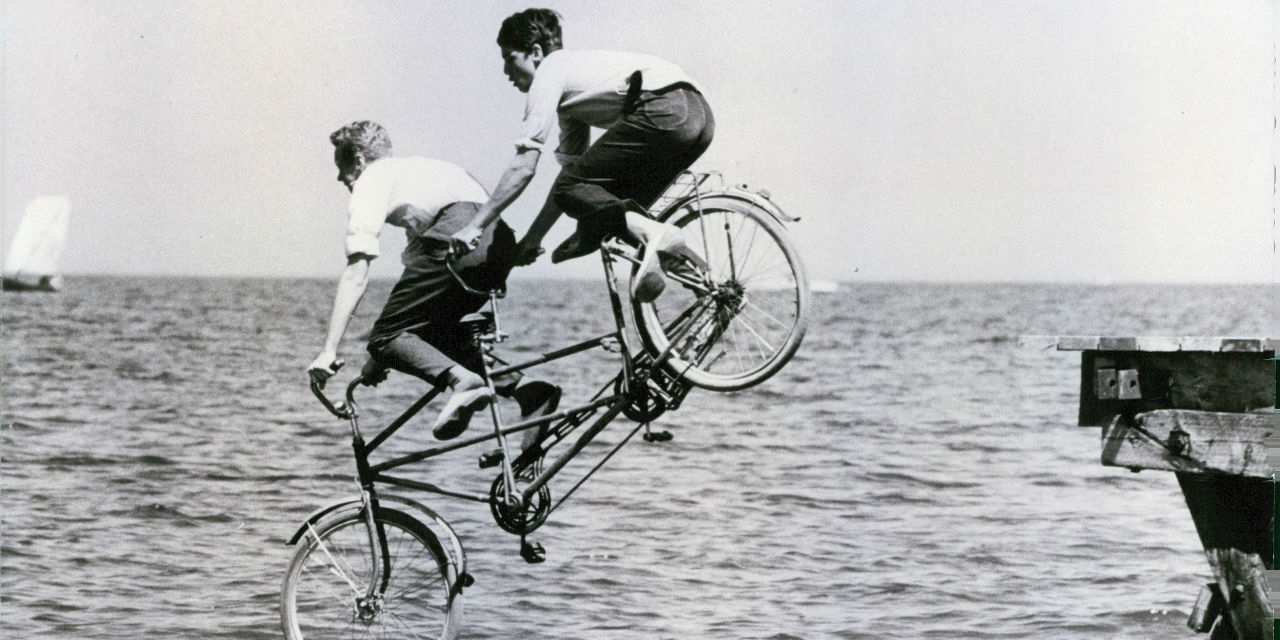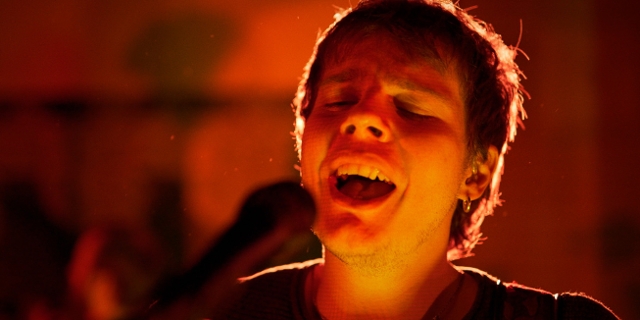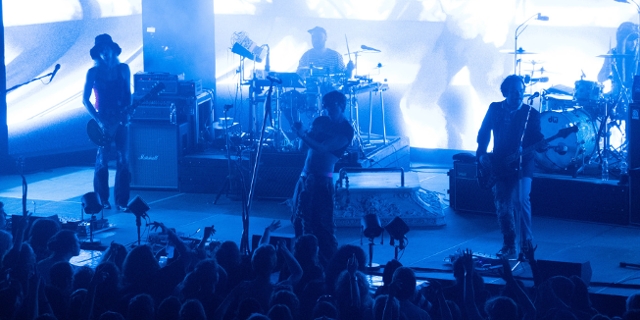BICYCLES! A LOVE STORY
„Every time I see an adult on a bicycle, I no longer despair for the future of the human race.“ HG Wells.
My friends and family know all about my love affair with the bicycle so, at Christmas and on my birthday, I can count on a new supply of bike-themed socks, tea-mugs or beer glasses (and I adore them all, of course, so thanks guys!).
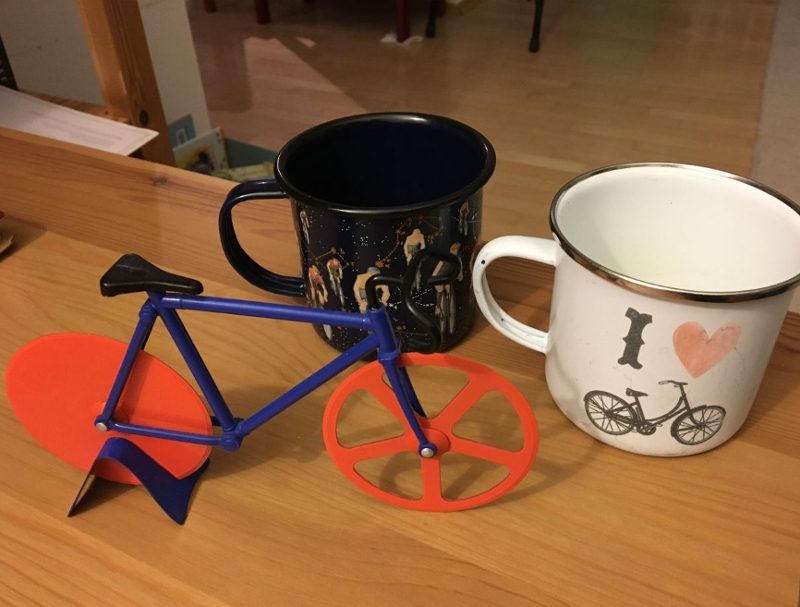
Chris Cummins
But I wonder if they know the origins of that overpowering passion for pedal power? Like, so many lonely little children growing up in small rural villages, for me a bicycle meant freedom; the liberty to go and visit friends in other villages and to escape the adult-supervised word so we could just mess around in a world with few rules or time-limits.
Expanding the Gene Pool
This two-wheeled freedom also meant, of course, early experiences dating and experimental love-trysts; and not just for me and my friends in the English countryside. I remember once reading how, during the 19th century, the average height of villagers in rural France had shot up by almost 10cm within a generation of bike usage became widespread.
Why? Well, for the first time, the local garcons et filles had been able to attend dances outside a 10km radius of their village and the choice of sexual partners, and therefore the gene pool, had grown exponentially. That’s why biologist Steve Jones ranks the invention of the bicycle as the most important event in recent human evolution.
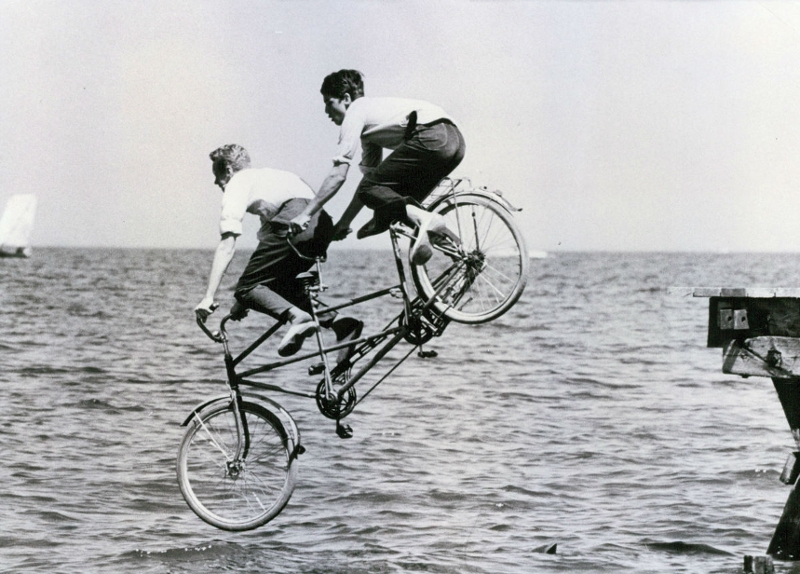
Bicycles! A Love Story
I mention this because the sense of romance and freedom looms large in the new Viennese exhibition „Bicycles! – A love story“, which opens tonight (April 17th) in the Nordbahnhalle in the 2nd district.
The organizing team describes it as “a celebration of the joy of riding a bicycle” which they describe as a positive source of energy for everyday life” and it is a look back at how that love affair has developed: and how it has waxed and waned, over the 200 years since the German Baron Karl von Drais came up with his “Draisine” in 1817.
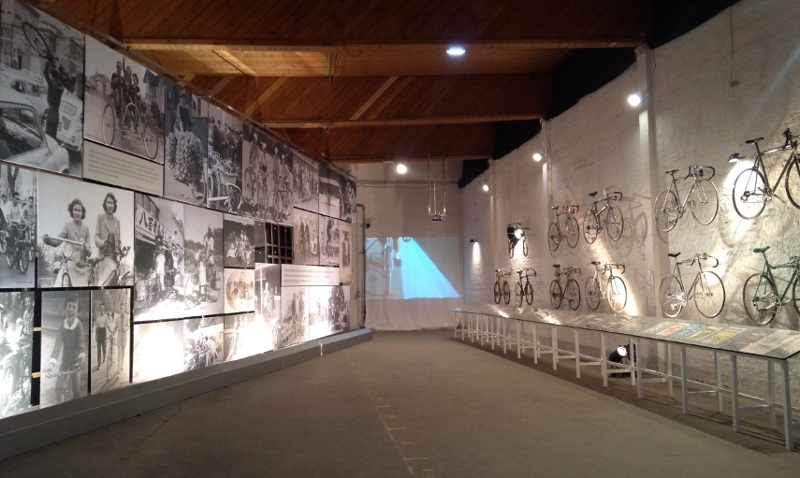
Peter M. Mayr / Courtesy Sammlung Palmeri
There is a replica of that wooden pioneer machine in the Nordbahnhalle as well as life-size portraits of some of the characters who have coloured the years of cycling history and, nailed on the brick walls of the hangar-like hall, the bikes they rode and loved. “Yeah, we have some pictures of dating on bikes,” laughs co-curator Maris Liska as I tell her my French gene-pool story, “the bicycle has always been a coupler.”
Emancipation by Pedal Power
But bikes have meant freedom in a broader social sense too. The exhibition includes some wonderful photographs of the 19th century women who played a very prominent role in the history of cycling culture.
“For women, cycling was a chance to get out of the house alone, and, without male accompaniment, to get around,” says Liska. In 1895, for example, the British writer Louise Jeye exclaimed “There is a new dawn … of emancipation, and it is brought about by the cycle. Free to wheel, free to spin out in the glorious country, unhampered by chaperones …”
It even changed the way women dressed. “The bloomers, the early women’s trousers, came very much into fashion because they were the only way to cycle without falling over,” says Liska.
This new practical clothing and the growing acceptance that even genteel women could engage in physical exertion was hugely transformative, overcoming, by the way, years of opposition from men who asserted it was either unladylike or even unhealthy for women to sit astride a saddle. In the end, the bicycle became of the symbols of the suffragette movement.
A Tale of Rich and Poor
What surprised me at the Nordbahnhalle exhibition, especially given the post-WW2 prejudice that cycling was a poor person’s mode transport, is how dapper the early cyclists look.
The photographs show them wearing gorgeous and clearly very expensive clothes. Because of the expense of the early machines, cycling used to be rather elitist occupation.
Co-curator Markus Böhm points to a book from 1895 where the author discusses whether cycling should be for the upper 10,000 of society or top 100,000, or perhaps, after all for everyone. “In the end he concluded it should be for everyone,” explains Böhm, “which was clearly the right conclusion because the movement was unstoppable.”
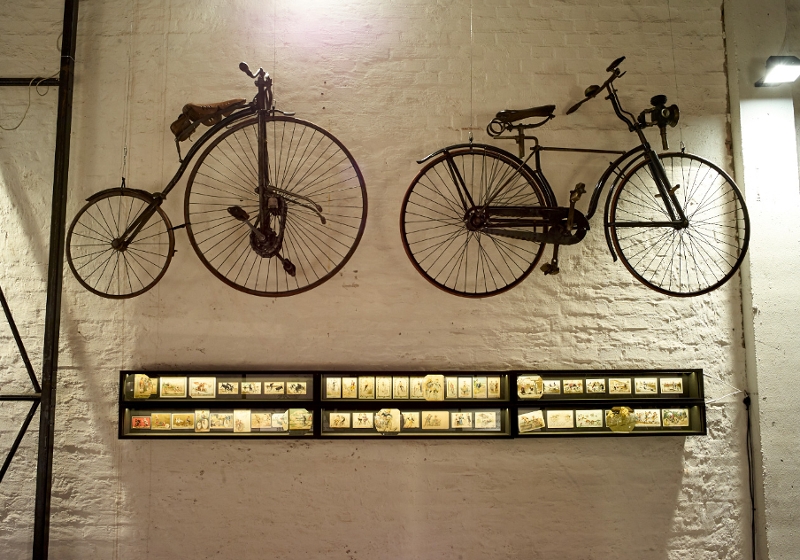
Peter M. Mayr / Courtesy Sammlung Palmeri
The advent of the „safety bike“
The emergence of the modern-looking “safety bikes” in the 1890s changed everything, with the now standard diamond shaped-frames, chain-driven rear wheels and pneumatic tyres. These bikes were mass produced and all sectors of society could afford to ride and expand their horizons.
But already before that date cyclists were making enemies. This is an exhibition about love, but you only need to delve briefly into on-line forums and into the Twitter-jungle to realize how much visceral hate is aimed at cyclists. This antipathy is not wedded to our own era of outrage.
Love and Whips
Among Maris Liska’s favourite exhibits at Bicycles! – A love story are the whips and even small revolvers carried by the early cyclists to fend off now just fierce dogs as they rode through the country but also to defend themselves against the angry farmers who thought they might run-over their animals. “There are postcards depicting how brutal it used to be,” exclaims Liska, with wide-eyes. “It’s really easy to understand why they had to carry those weapons.”
Mind you, as a cyclist, I have to admit we don’t always make ourselves popular. In his recent book Re-Cycling Michael Hutchison tells the stories of the late 19th century club rides when sizeable groups of wealthy young men would parade through the British countryside with a bugler at the front of the peloton warning the “yokels” out of the way. They would then ensconce themselves in a rural pub and drink themselves silly while singing their club songs. Then they’d ride back.
This is clearly appalling behaviour; but, be honest, wouldn’t it be fun to go back in time and join such a ride?
„Improve your life and those of those around you.“
Forgive me, I’ve got lost in the 19th century but Bicycles! A Love Story tells many more stories besides, including some fabulous images of the early years of the Tour de France (when the riders were built more like robust rugby players than the whippet-thin race riders of today) and then the most stylish cycling decades of the 1960s and 1970s. There’s the bike Elvis Presley rode as a youth in Germany, there’s a fearsome looking spiked mountain-bike, as well as some early BMXs and a prototype folding-bike.
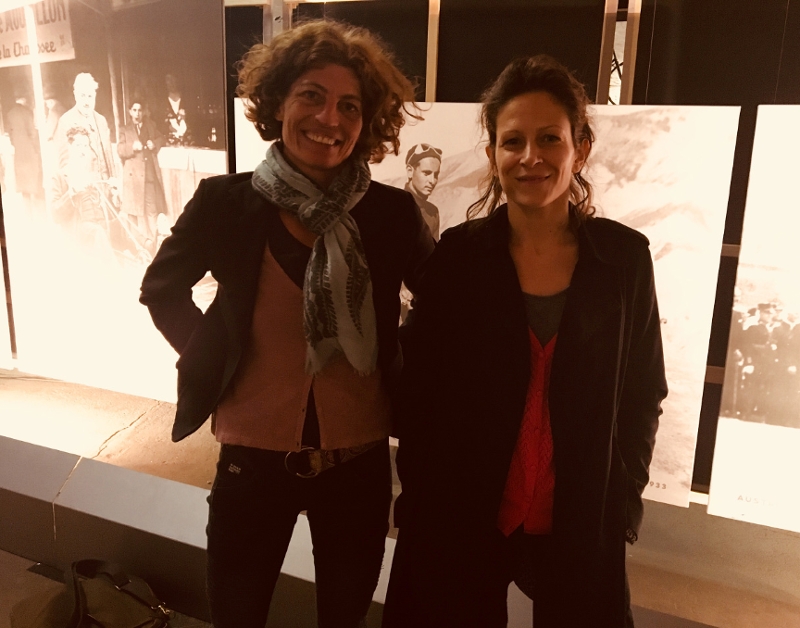
Chris Cummins
Organisers Sophie Sacher & Maris Liska
But while the exhibition, which runs for the next 6 weeks, celebrates of the past, it also hopes to provide a chance for visitors to imagine a better future where our air is cleaner, where we slow down, get out of the cages of our cars, and basically have fun while getting around. The bicycle is 200 years old, but maybe its golden age is just arriving:
“The fact is,” concludes Maris Liska, “that cycling really is fun and it is one of those small acts that you can do every day that improves your life and the lives of those around you.”
Publiziert am 27.04.2018







